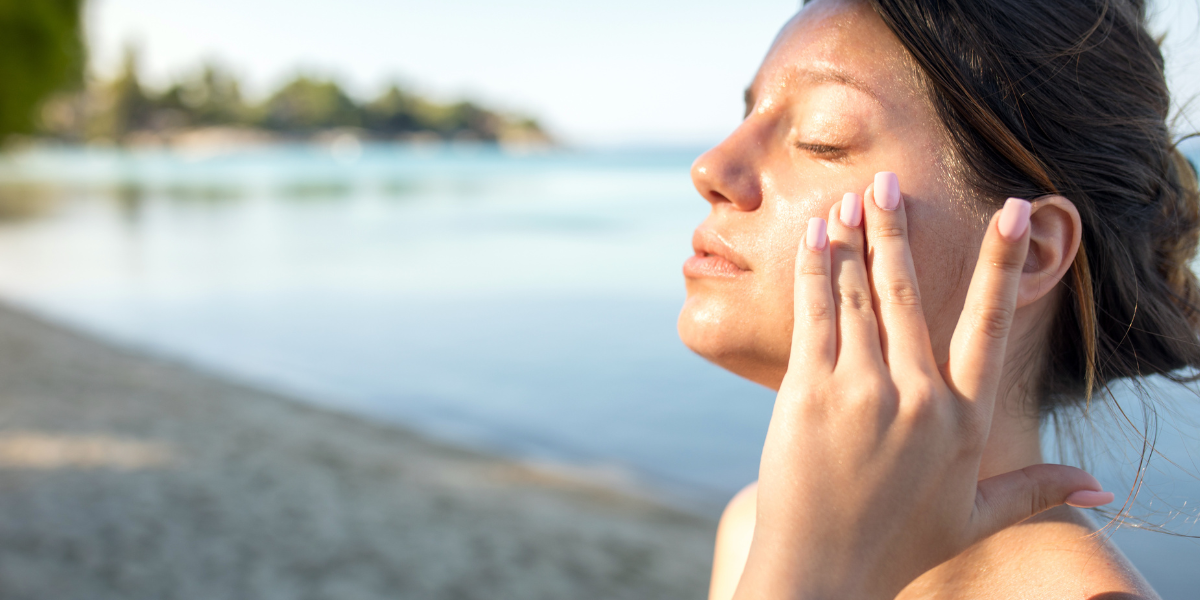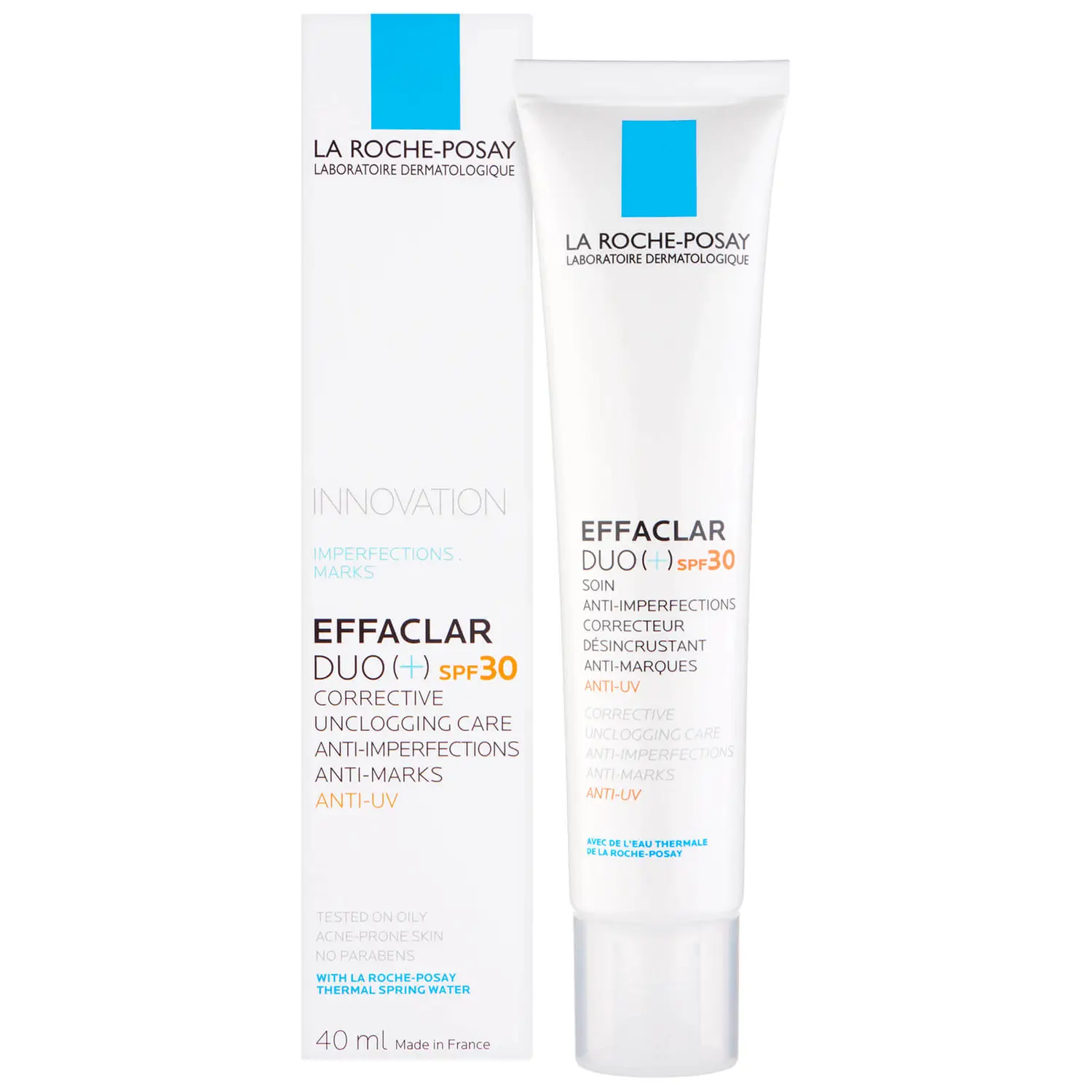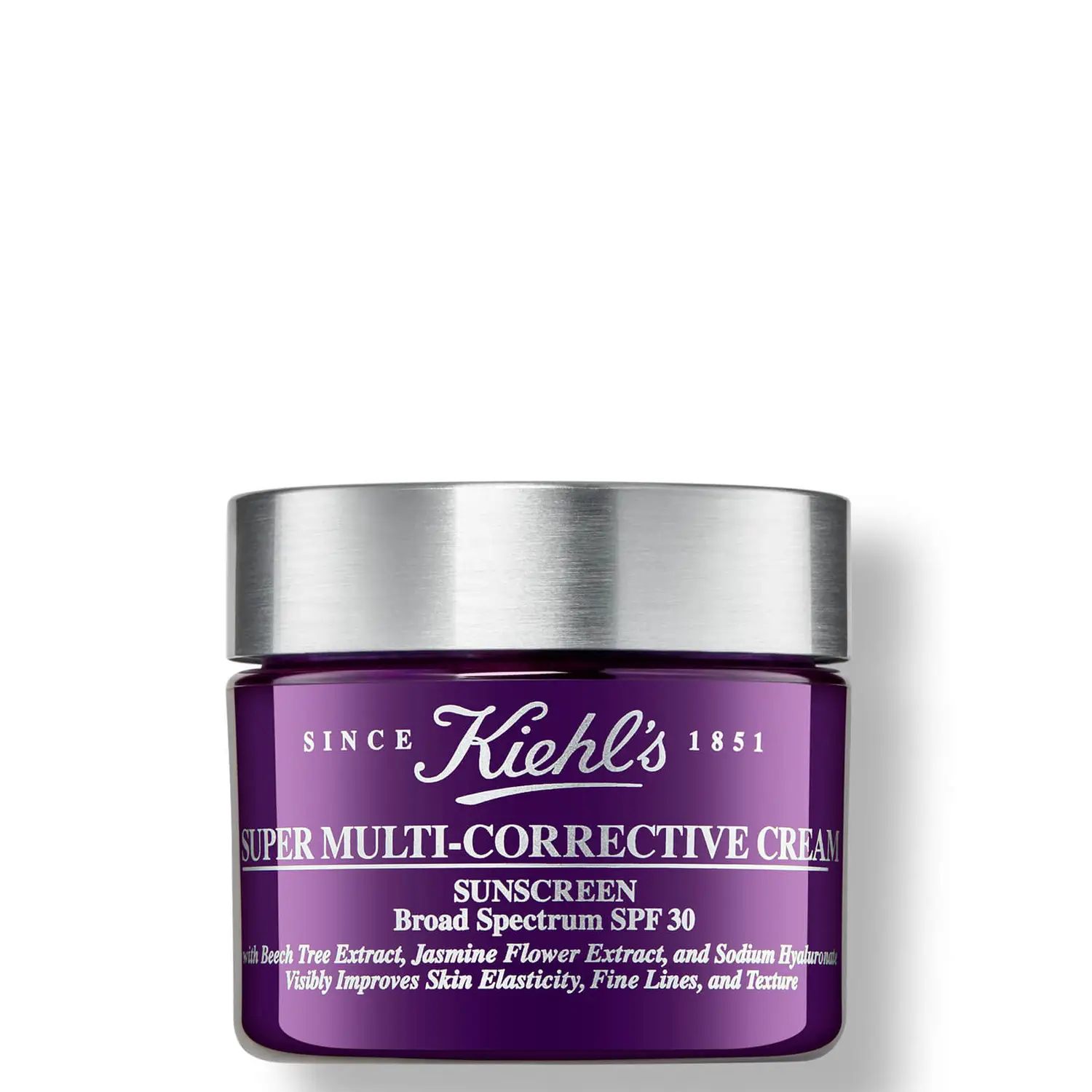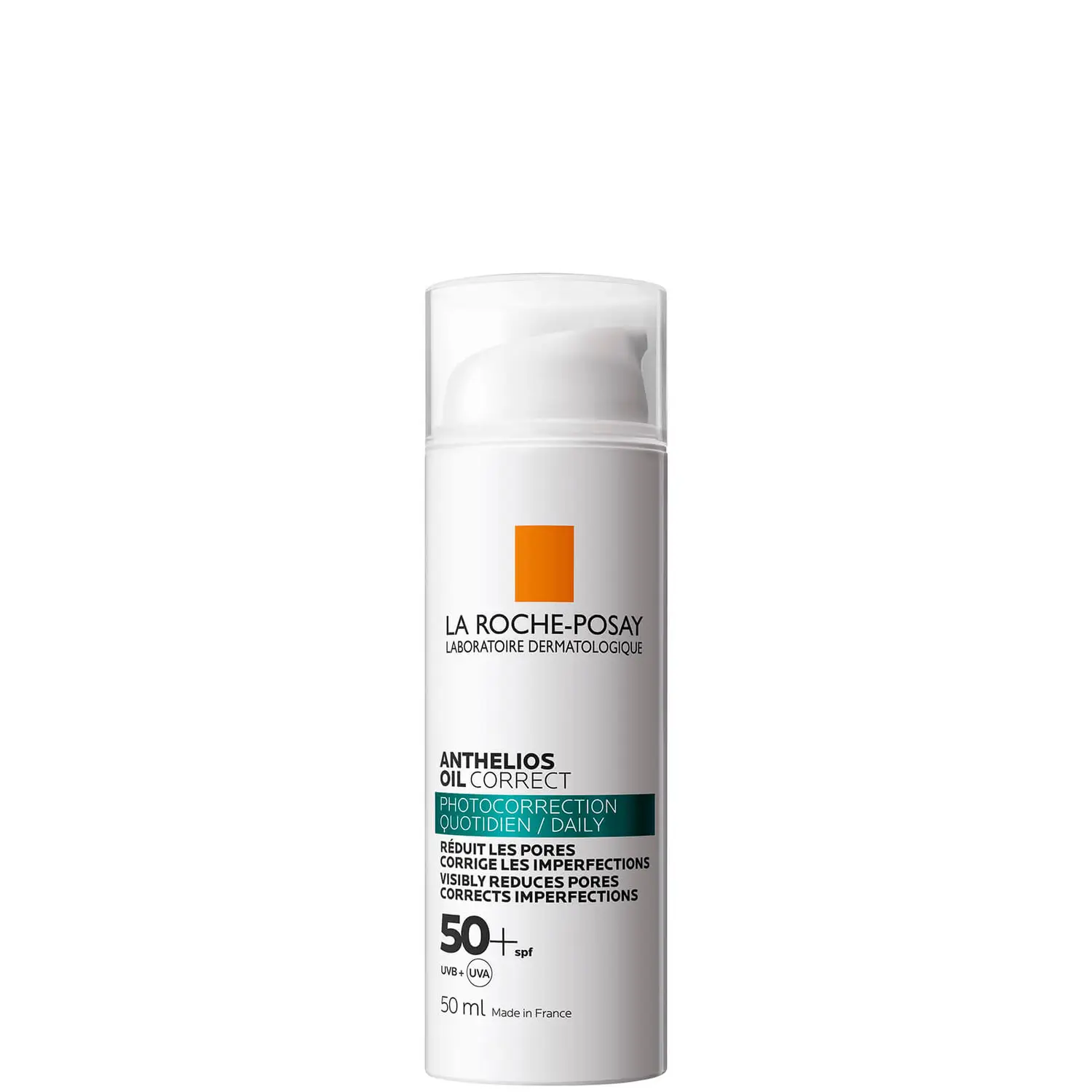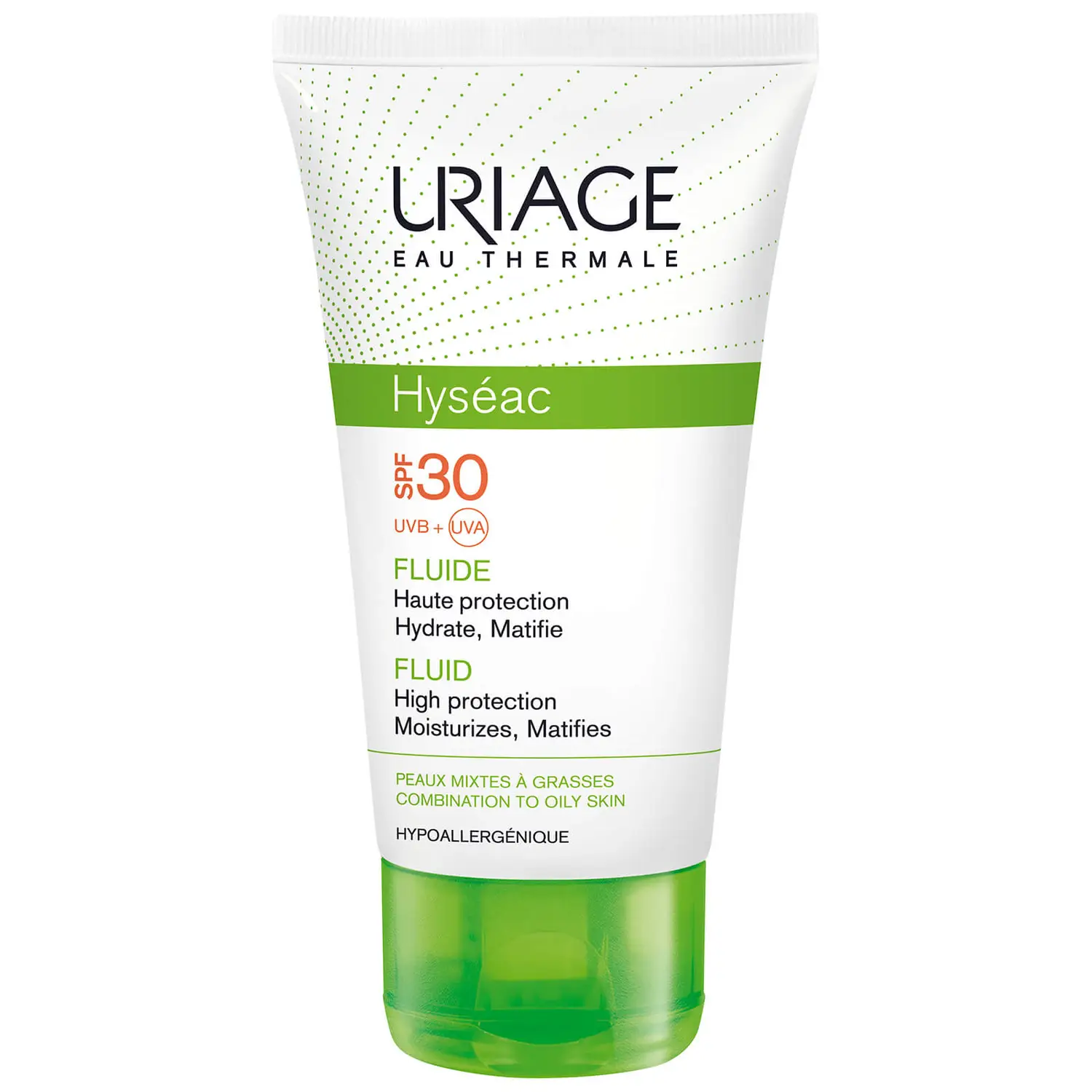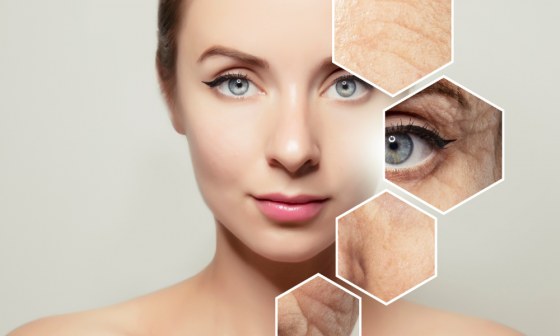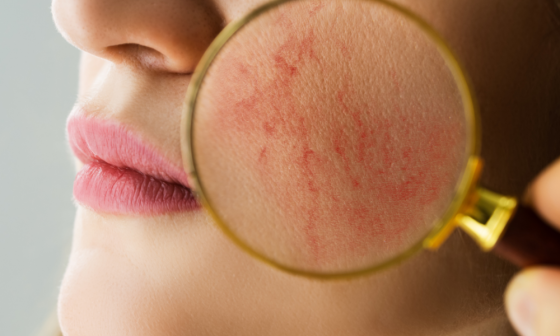If you’re looking for the best SPF for oily skin, you’ve come to the right place! With so many SPF options out there, it can be difficult to decide which one is best for you. Oily skin requires a special kind of sunscreen that won’t make it any oilier. In this blog post, we’ll discuss the characteristics of the best SPF for oily skin and how to choose the one that’s right for you.
Determine if you have oily skin
When it comes to choosing the best SPF for oily skin, it’s important to first determine if you have oily skin. Oily skin is characterised by shiny, enlarged pores, and an oily or greasy appearance. It’s also prone to acne breakouts due to the overproduction of sebum (oil) by the sebaceous glands. If this sounds like your skin type, then you should take extra precautions when choosing sunscreen.
There are several ways to determine if you have oily skin. One way is to observe your skin throughout the day. If your skin appears shiny and slick by midday, then you likely have an oily skin type. Additionally, you can try blotting your face with a tissue to see how much oil is present on your skin.
Lastly, you can consult a dermatologist who can perform a test to accurately determine your skin type.
Consider the ingredients in your sunscreen
When choosing a sunscreen for oily skin, it’s important to consider the ingredients that are in it. Look for sunscreens that are oil-free, non-comedogenic, and labelled as “non-greasy” or “matte finish”. Some common ingredients to look out for include zinc oxide, titanium dioxide, octinoxate, avobenzone, and homosalate.
When looking for sunscreen specifically for oily skin, it is also important to avoid ingredients like coconut oil and cocoa butter as these can clog pores and lead to further breakouts. Instead, opt for lighter ingredients such as glycerin and hyaluronic acid which will help keep your skin hydrated without the added oil.
It’s also important to pay attention to other additives such as fragrances, dyes, and parabens that can be irritating for sensitive skin. If possible, choose a sunscreen with minimal added ingredients and an SPF of at least 30 or higher.
When using sunscreen, always make sure to apply it evenly and liberally over all exposed skin. It’s best to reapply every two hours or after swimming or excessive sweating. With the right ingredients and proper application, you’ll be able to find a sunscreen that works well for your oily skin.
Choose a sunscreen with a matte finish
When you have oily skin, you want to look for sunscreens that are designed specifically for this type of skin. One of the most important features to look for when choosing a sunscreen for oily skin is a matte finish. A matte finish helps to keep your skin looking shine-free and helps to control the amount of oil produced on your face throughout the day.
Many sunscreens are formulated with oil-absorbing ingredients like silica or clay, which help to control oil production while also providing SPF protection. The matte finish of these types of sunscreens also helps to reduce the appearance of pores and provides a smoother finish.
In addition to oil-absorbing ingredients, look for sunscreens that contain non-comedogenic ingredients such as zinc oxide or titanium dioxide. These ingredients help to keep pores clear and help to prevent breakouts.
Another benefit of using a sunscreen with a matte finish is that it won’t feel greasy or heavy on your skin. This makes it ideal for those who are prone to breakouts and need something light enough to wear all day.
Choose a sunscreen with a high SPF
When choosing a sunscreen for oily skin, you should make sure to choose one with a high SPF rating. SPF stands for Sun Protection Factor, and it’s the measure of how much sun protection your sunscreen provides. A sunscreen with a higher SPF rating provides more protection than one with a lower rating, so it’s important to choose one that has a high SPF rating.
When shopping for sunscreen, look for products that are labelled “broad-spectrum”. This means that they provide protection from both UVA and UVB rays, and they’re typically more effective than products that don’t offer broad-spectrum protection. In addition, you should also look for a product with an SPF rating of at least 30. This provides good protection against the sun’s harmful rays and is generally considered to be the minimum level of protection you should look for in a sunscreen.
It’s also important to make sure you apply enough sunscreen each time you use it. Most experts recommend applying at least one ounce of sunscreen to all exposed areas of skin. That’s about the amount you can hold in the palm of your hand. To ensure you get enough coverage, it’s a good idea to apply sunscreen to your skin before leaving the house and reapply throughout the day.
This will help protect your skin from the sun’s harmful rays while keeping your skin looking healthy and oil-free.
